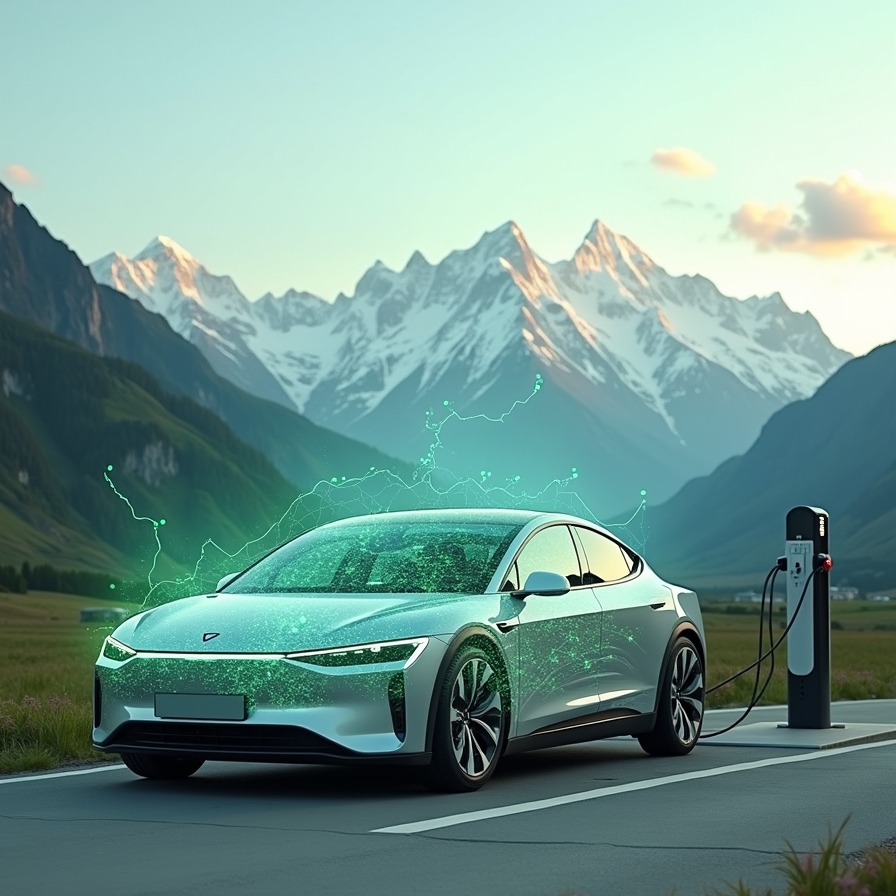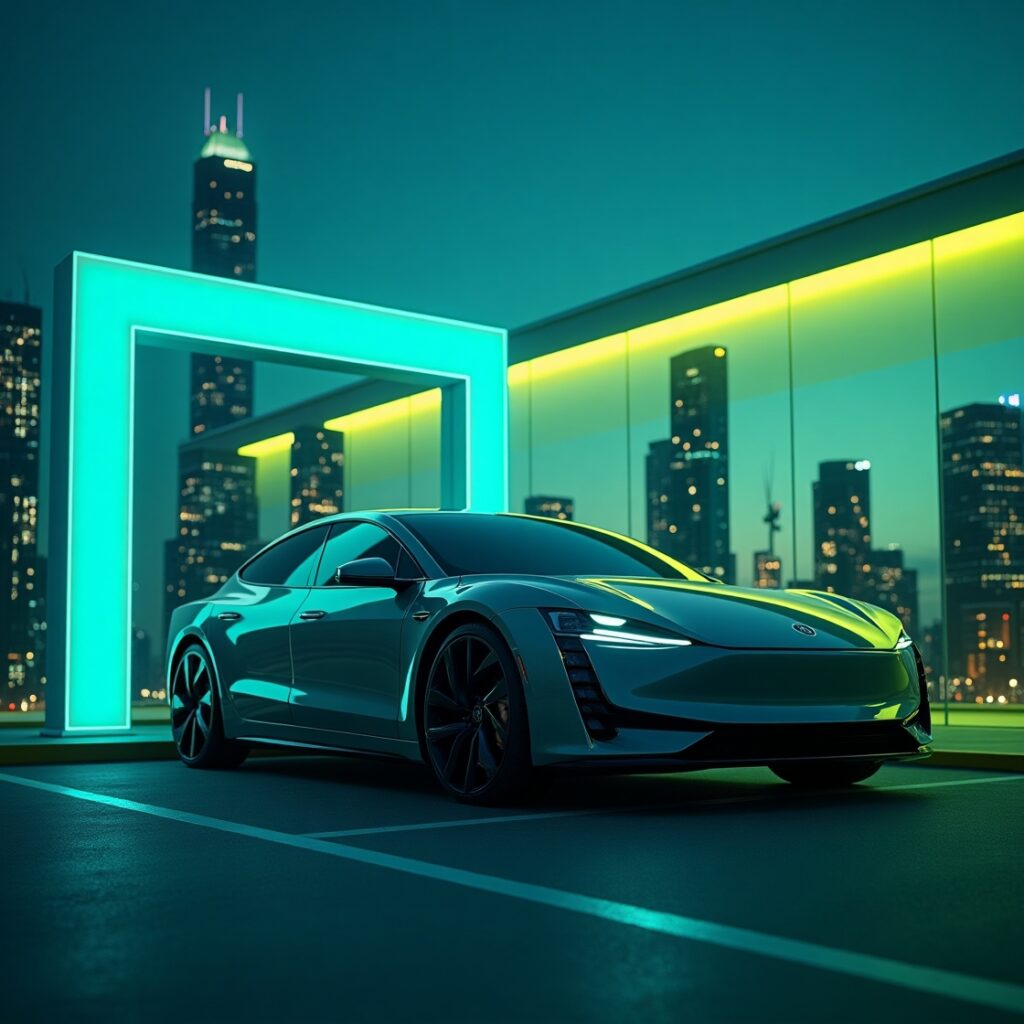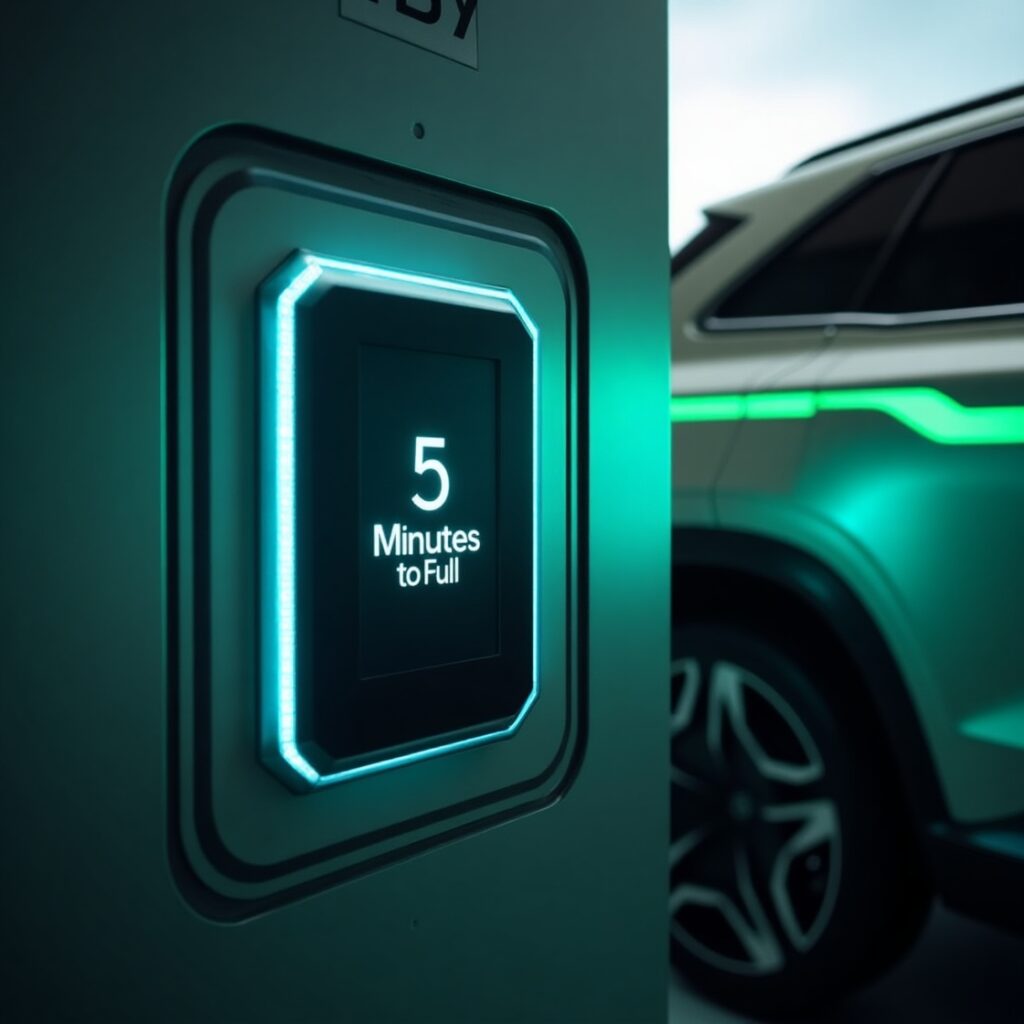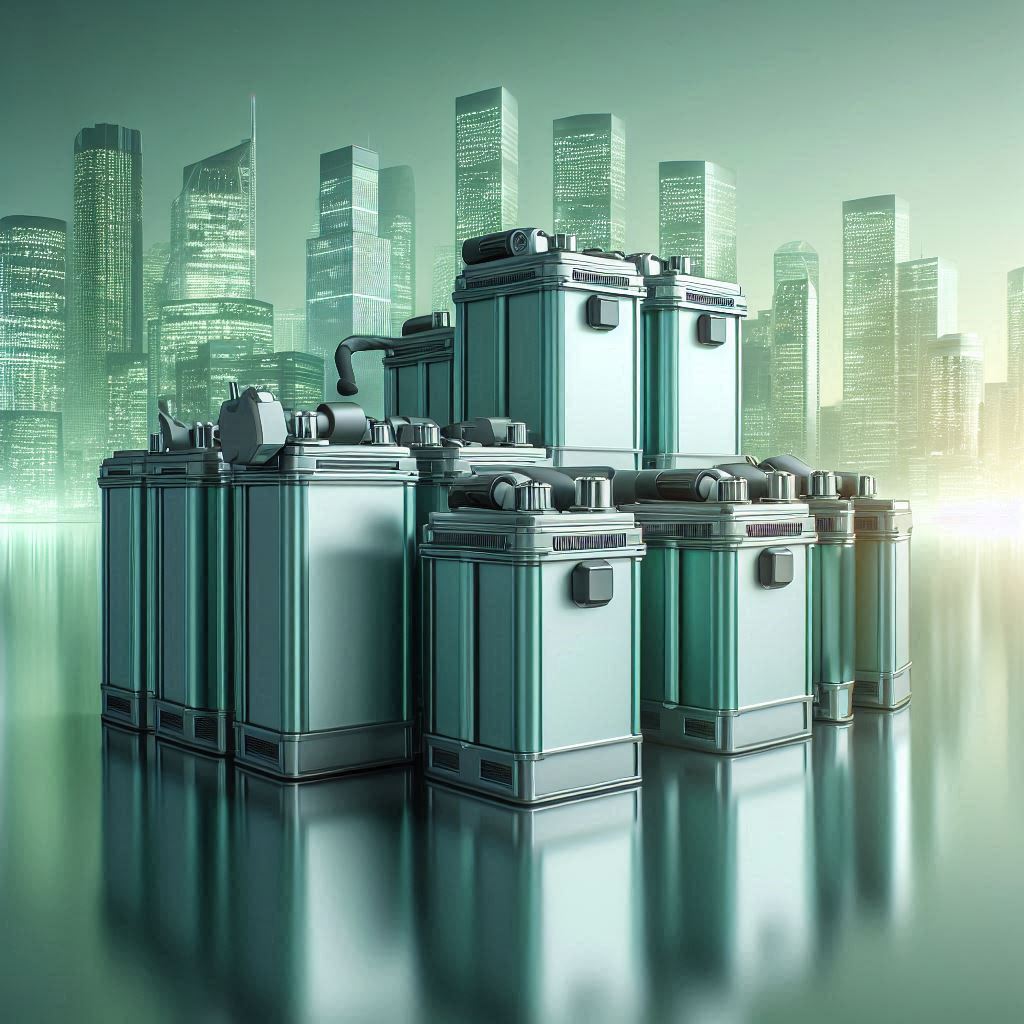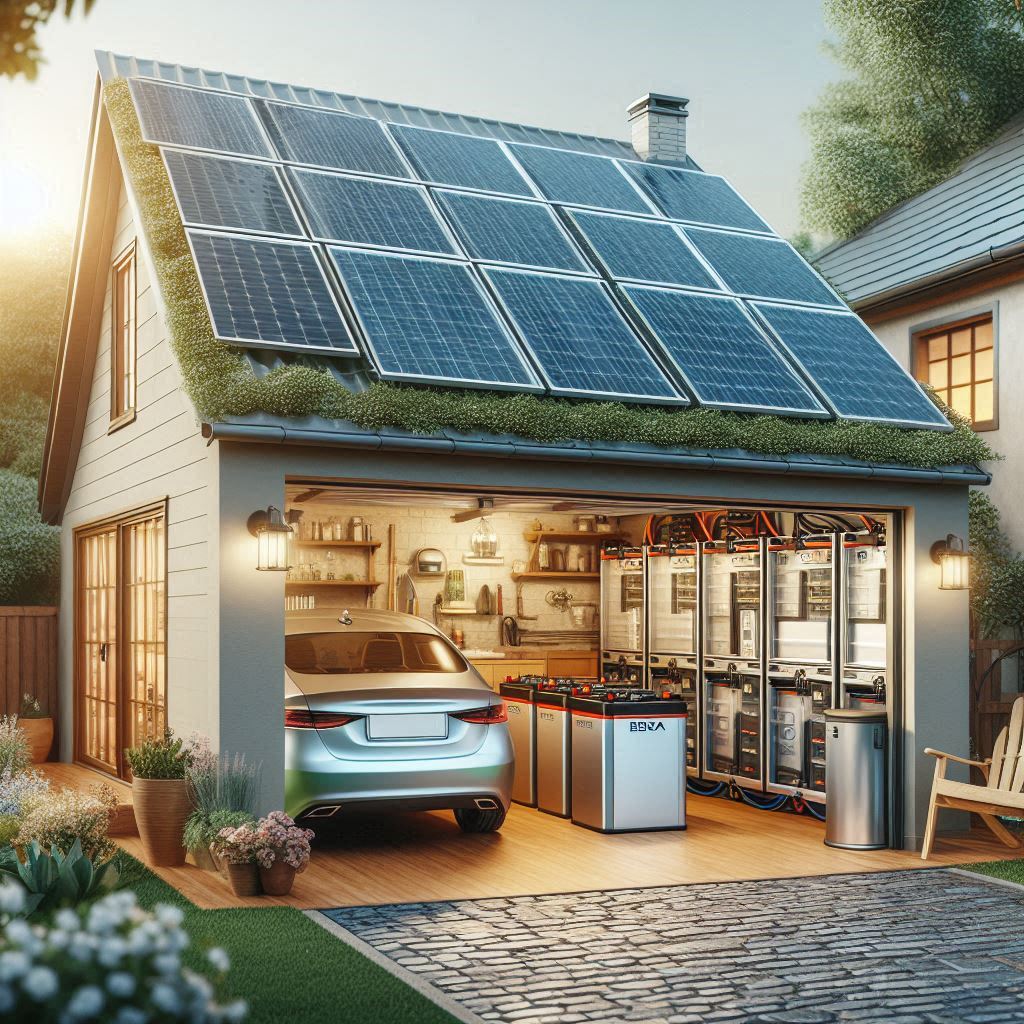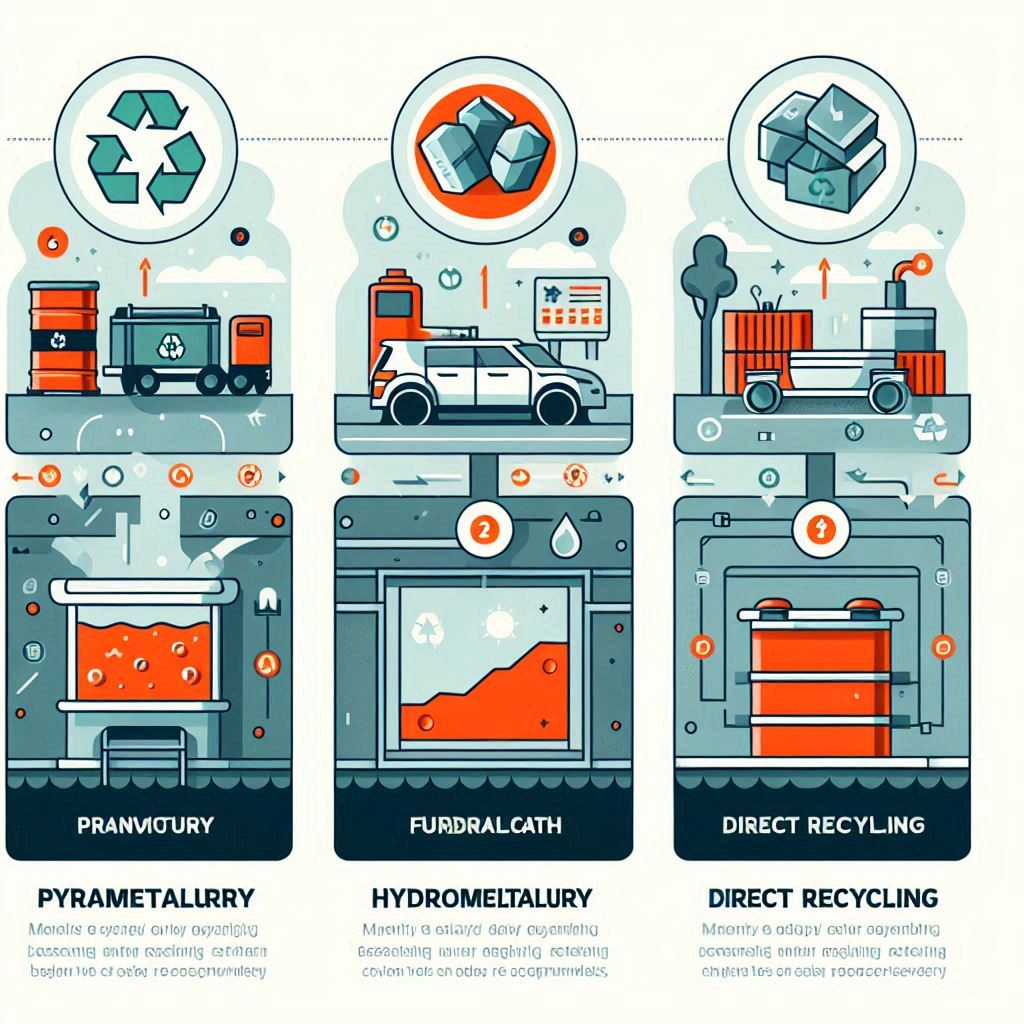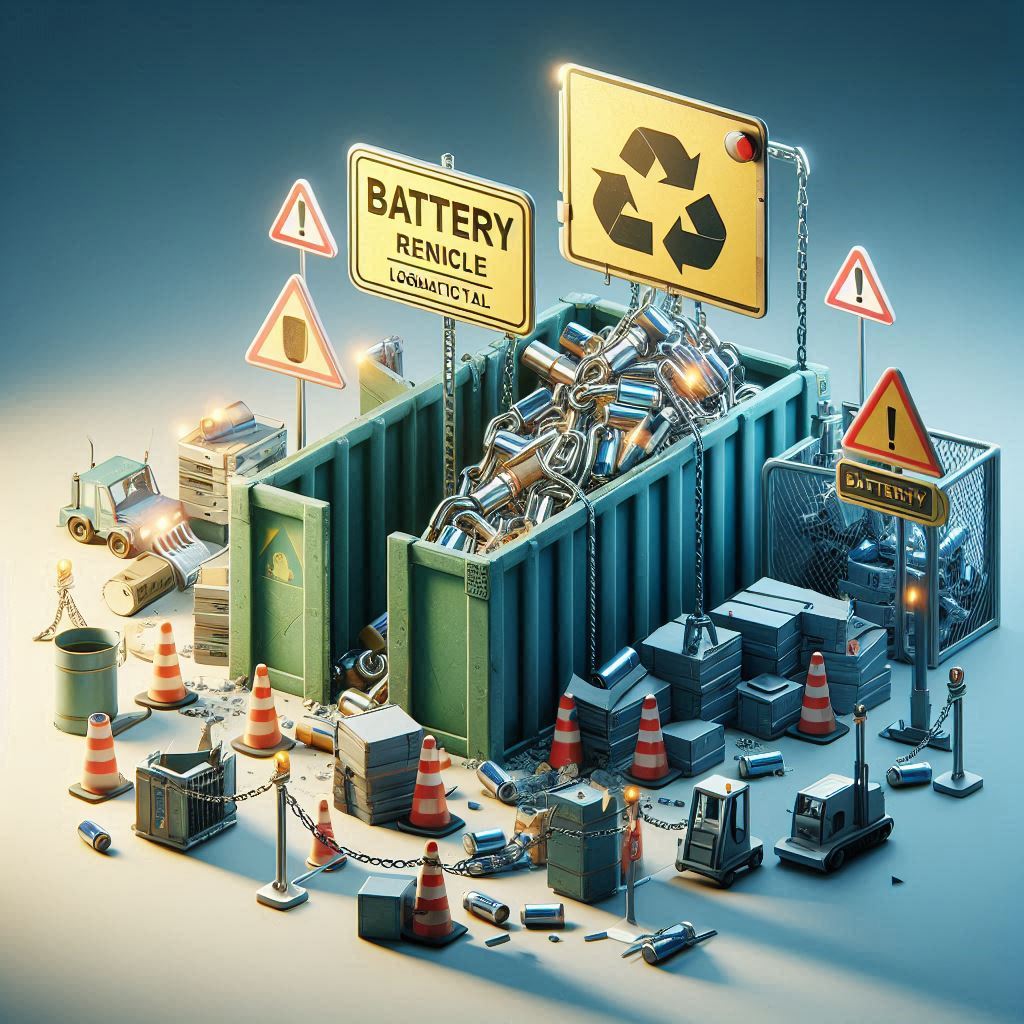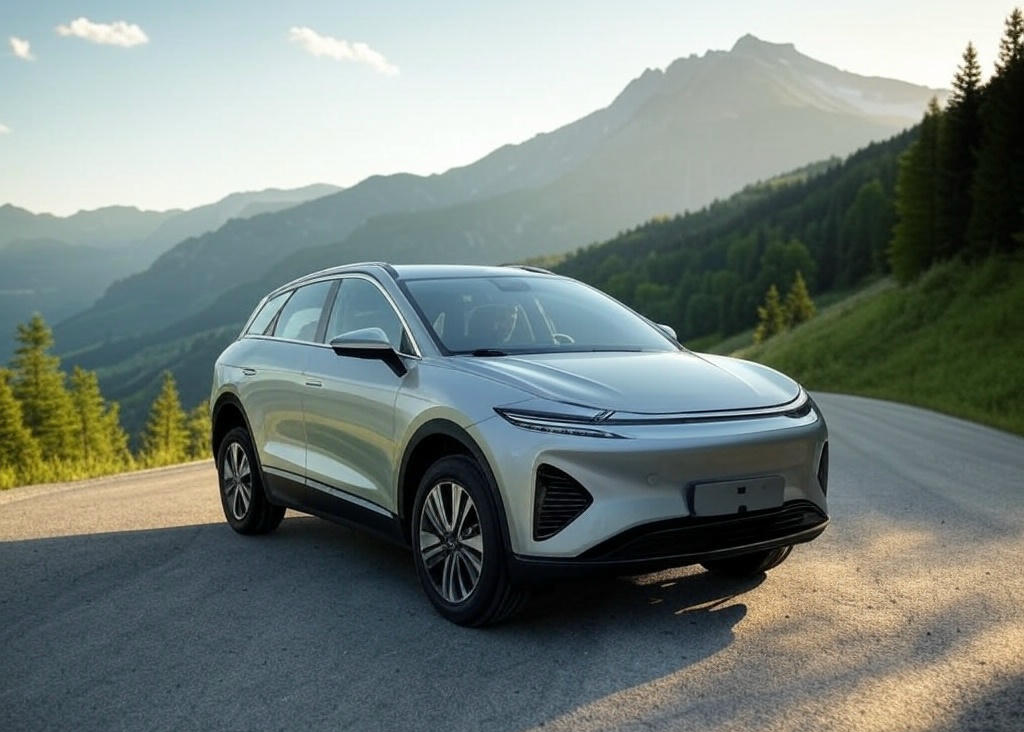Imagine your electric vehicle (EV) cruising a route that saves energy, cuts emissions, and banishes range anxiety. That’s the brilliance of AI-powered EV navigation! At Green EV Life, we’re unveiling how this tech delivers the ultimate eco-travel triumph. Ready to drive smarter and greener? Let’s explore!
What Is AI-Powered EV Navigation?
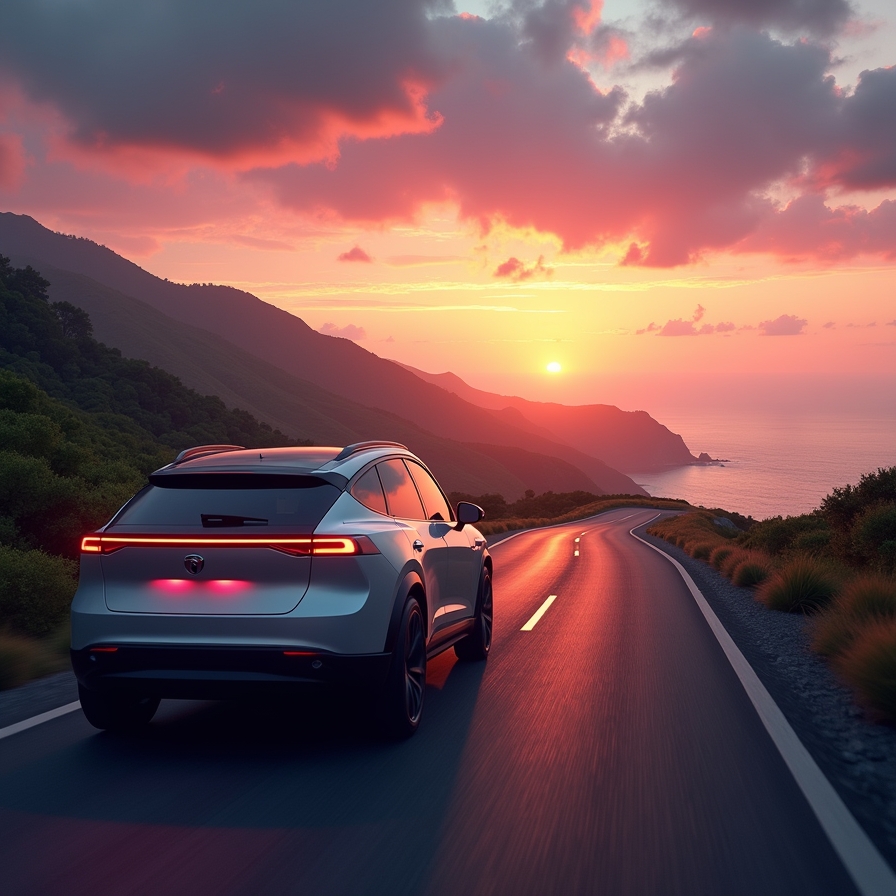
AI-powered EV navigation fuses artificial intelligence with GPS to craft energy-efficient routes for EVs. It processes real-time data—traffic, weather, road conditions, and charger locations—to select paths that maximize battery life. Machine learning tailors routes to your driving style, reducing energy use and emissions.
Why does this matter? It eliminates range anxiety by predicting battery needs and locating chargers, ideal for eco-travel. Plus, it supports sustainable living by shrinking your carbon footprint. Want to boost your EV’s efficiency? Try our home charging tips.
How AI Powers Eco-Travel
AI navigation transforms eco-travel in three key ways:
- Eco-Smart Routes: AI chooses paths with less elevation or traffic, saving energy. A flat coastal road, for example, can reduce battery use by up to 10% (2024 data).
- Clever Charging Plans: It forecasts battery levels and suggests stops, like 350 kW stations for quick charges, ensuring seamless trips.
- Braking Boost: AI prioritizes roads for regenerative braking, especially in cities, to recapture energy.
Tools like Tesla’s Autopilot, A Better Routeplanner (ABRP), and Google Maps’ EV routing are leading the way. They’re perfect for adventures to our eco-friendly travel spots.
Challenges to Navigate
AI navigation has some hurdles:
- Data Privacy: AI collects driving data, raising concerns about storage and sharing. Check app privacy policies.
- Infrastructure Gaps: Rural areas may lack chargers or data, limiting AI’s reach.
- Compatibility: Older EVs might not support advanced AI navigation.
Despite these, AI’s benefits shine for green drivers. Curious about EVs that pair with AI tools? Explore our sustainable EV options.
Get Started with AI Navigation
Ready to triumph with smarter driving? Here’s how:
- Choose a Tool: Use Tesla’s navigation (Tesla EVs), ABRP (most EVs), or Google Maps’ EV routing (iOS/Android). ABRP excels at eco-routes.
- Set Preferences: Select “energy-efficient” or “eco-mode” to save battery.
- Plan Trips: Map long journeys with AI, factoring in chargers and braking opportunities.
Future AI might integrate with vehicle-to-grid (V2G) systems for smarter energy use. Stay tuned!

Triumph with Green Travel
AI-powered EV navigation is your key to ultimate eco-travel, offering bright, energy-saving routes that cut emissions. From city commutes to coastal escapes, this tech makes sustainable driving effortless. As tools like ABRP and Tesla evolve, green travel’s future is unstoppable.
Have you tried AI navigation in your EV? Or is it your next eco-goal? Share in the comments below! For more green driving tips, stick with GreenEVLife.com.
